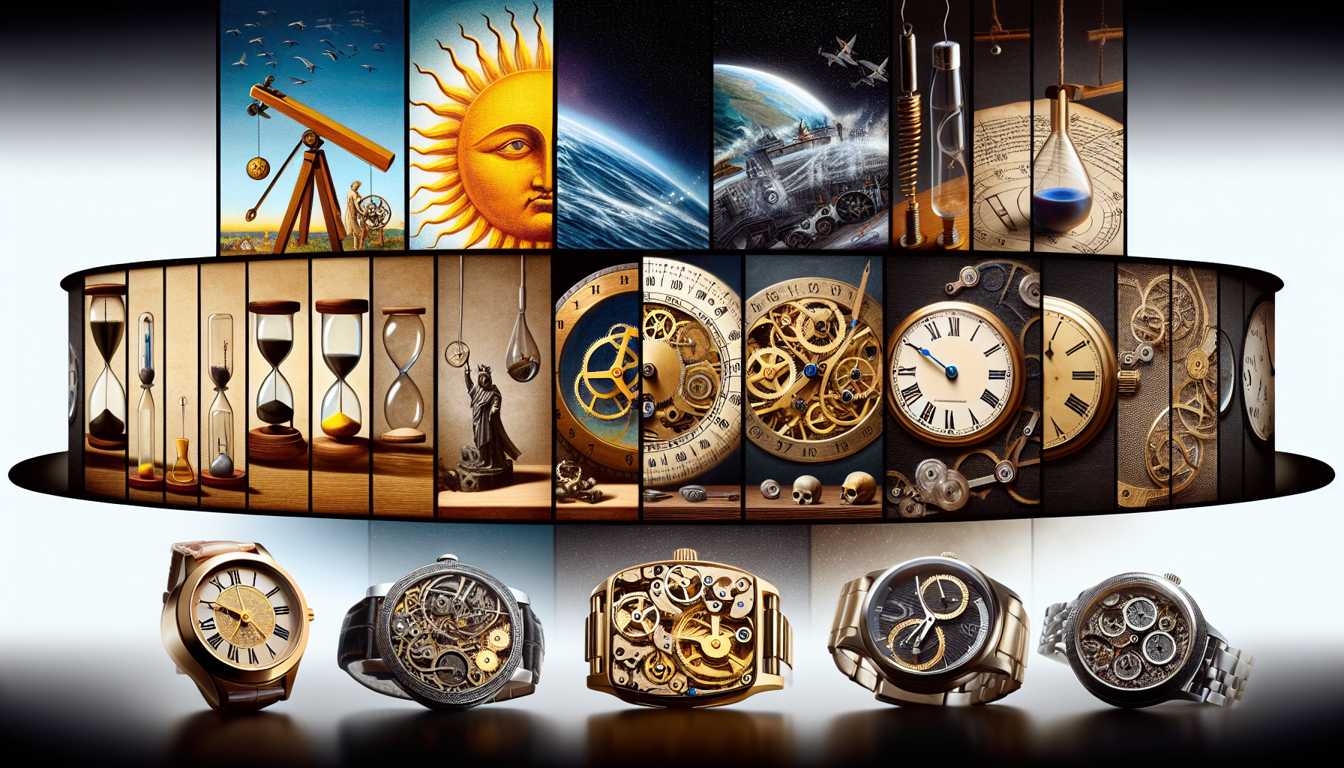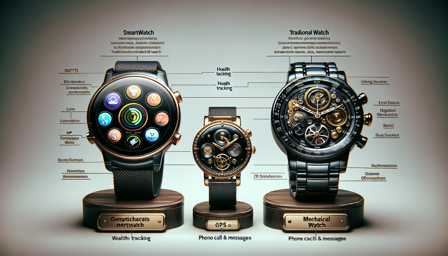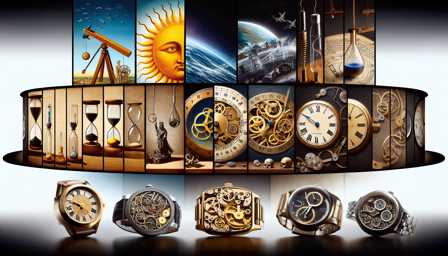
The Evolution of Timekeeping: A Brief History of the Wristwatch
The wristwatch, a symbol of craftsmanship and a tool of practicality, has evolved significantly since its inception. Its journey from the battlefields of the 19th century to the high-fashion statements of the 21st century marks a fascinating trajectory through history, culture, and technology. This article delves into the evolution of the wristwatch, highlighting key developments and iconic products that have shaped its history.
The Early Days: 19th Century Beginnings
Origins in Warfare
The wristwatch's history begins in the late 19th century. Originally, pocket watches were the norm, but their impracticality in combat situations led to the development of wristwatches. Soldiers needed a way to tell time quickly and hands-free, leading to the adaptation of watches that could be worn on the wrist.
Patek Philippe: The First Wristwatch
In 1868, Patek Philippe created the first known wristwatch. This timepiece, a delicate and ornamental piece, was designed for Countess Koscowicz of Hungary. This early wristwatch was a far cry from the utilitarian devices used by soldiers; it was more of a piece of jewelry than a practical timekeeping device.
The 20th Century: A Time of Innovation
World War I and the Wristwatch Boom
World War I was a significant catalyst in the popularization of wristwatches. The trench watch, a rugged and reliable wristwatch, became a vital tool for soldiers. Brands like Rolex and Omega began to gain prominence during this period, supplying robust timepieces for military use.
The Rolex Oyster: A Technological Marvel
In 1926, Rolex introduced the Oyster, the world's first waterproof wristwatch. This innovation marked a turning point in the history of wristwatches, transforming them from delicate items to durable accessories.
The Quartz Revolution
The 1960s and 1970s witnessed a significant shift with the introduction of quartz technology. The Seiko Astron, released in 1969, was the first commercially available quartz wristwatch. This technology, more accurate and less costly than mechanical movements, revolutionized the industry and made timekeeping more accessible.
The Modern Era: Diversification and Smart Technology
Luxury and Fashion Statements
In the late 20th and early 21st centuries, wristwatches became symbols of luxury and fashion. High-end brands like Patek Philippe, Audemars Piguet, and Vacheron Constantin became coveted for their craftsmanship and status.
The Advent of Smartwatches
The 2010s saw the advent of smartwatches, a significant leap in timekeeping technology. The Apple Watch, released in 2015, exemplified this new category, offering not just timekeeping but a host of other functionalities including fitness tracking, connectivity, and more.
Conclusion: An Ongoing Evolution
The wristwatch has come a long way from its origins as a simple timekeeping device. Today, it stands as a testament to human ingenuity, evolving with the changing times and technologies. From luxury timepieces to smartwatches, the evolution of the wristwatch continues to captivate and innovate, reflecting the ever-changing nature of our relationship with time.



